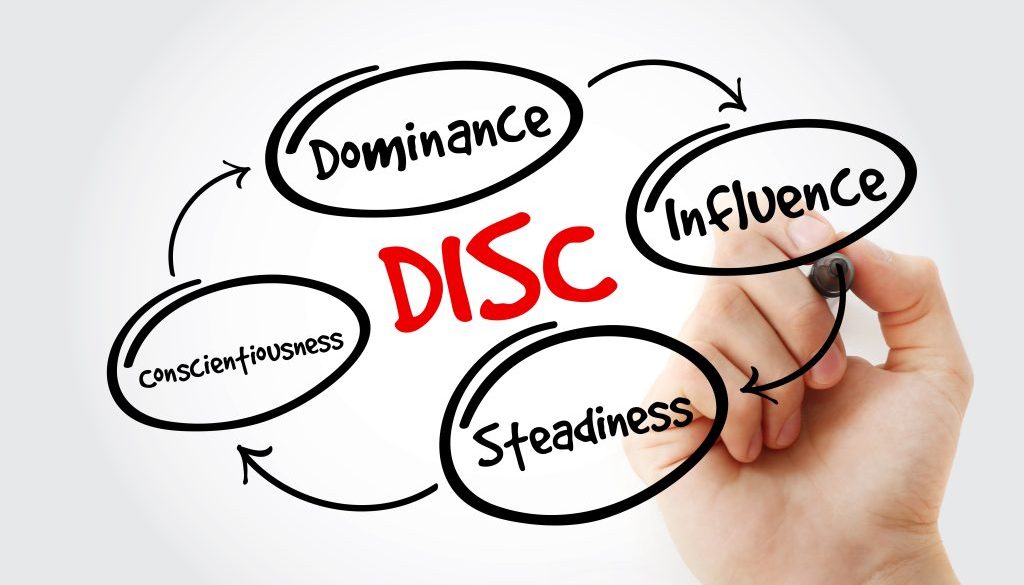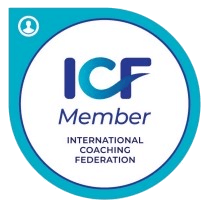Understanding Your Communication Style on Medical Teams
Have you ever left a conversation, felt unheard, or wondered, “What just happened?” Chances are your conversation partner felt the same way. To be an effective communicator, it is important to understand your preferred communication style and the preferred style of those you work with.
Effective communication is essential for medical professionals to ensure optimal patient care and outcomes. Clear and patient-specific communication is integral to the physician-patient relationship. It is also ncessary for medical teams. High-functioning medical teams, understand and flex to team members’ different communication styles to promote effective communication and collaboration.
What is your preferred communication style, and how can you identify that of others?
The DISC model of human behavior can be a helpful tool for identifying and understanding different communication styles. There are four primary styles—Dominant, Influential, Steady, and Conscientious. Each style has unique strengths and weaknesses that can impact communication within a team.
For example, dominant individuals(D) have a direct, assertive approach and often prioritize results over relationships.
While their assertive communication style can be helpful in some situations, it can also come across as aggressive or insensitive and may negatively impact team dynamics.
On the other hand, influential individuals (I) tend to be outgoing and enthusiastic and thrive on social interaction.
However, they may struggle with details and follow-through, which can hinder effective communication when precision is necessary.
Steady individuals (S) are patient and cooperative .
They value harmony and stability. While their supportive communication style can promote team cohesion, their tendency to avoid conflict and struggle with change can impact decision-making and problem-solving.
Conscientious individuals (C) are analytical and detail-oriented.
They prioritize accuracy and precision. While their attention to detail can be valuable in medical settings, their struggle with flexibility and risk-taking can hinder effective communication and decision-making.
To promote effective communication and collaboration within a medical team, it’s important to recognize and respect each individual’s communication style. By understanding your communication style and adapting it to better suit the situation and the people you are communicating with, you can promote effective communication and build stronger relationships within the team.
For example, if you are a dominant “D” style, you may need to work on being more patient and listening to others’ ideas before sharing your own. Alternatively, if you are an influential “I” style, you may need to focus on being more detail-oriented and organized when communicating with someone who prefers a more structured approach.
Understanding and flexing one’s communication style in a medical team setting can lead to better outcomes and stronger relationships. Ultimately, patient care and outcomes will improve.
Want to learn more about your communication style and how to flex your style when working on a team?
Coaching can be a valuable tool for identifying and learning how to flex your communication style. A skilled coach can help you understand your unique strengths and challenges. A coach will provide you with strategies to communicate more effectively with others who may have different styles. By working with a coach, you can develop a greater awareness of your communication style. You will also learn how to adapt it to specific situations. The result is more productive and positive interactions with others.
Contact me to learn more!





